Erosion is when tiny pieces of the Earth’s surface are moved from one place to another. This is usually caused by moving water or wind. Erosion usually happens very slowly.
To better understand how changing the shape of land works…
LET’S BREAK IT DOWN!
The shape of land can change over time.
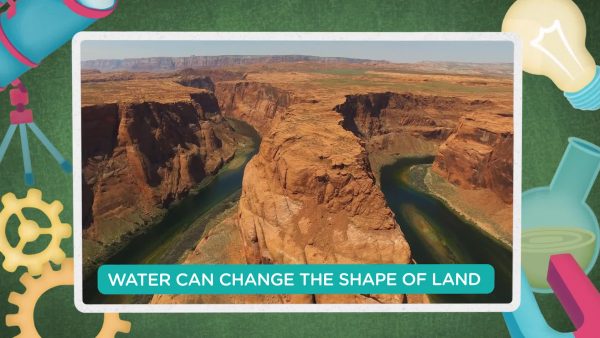
The shape of land is constantly changing. You may not have noticed because it usually happens very slowly. People can slow down or stop erosion using the power of science!

Flowing water can move sand and soil.
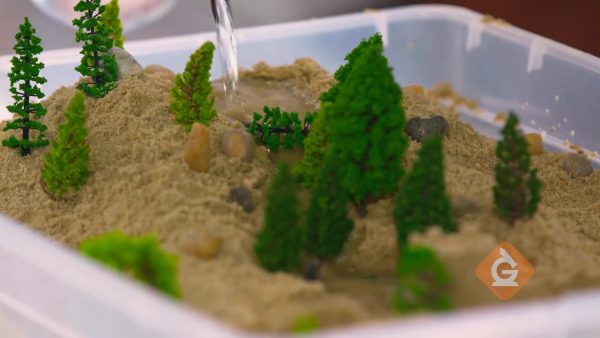
As water flows in a river, it can carry sand and soil from one place to another. This is called water erosion and it is how the Grand Canyon was formed over a long time.

Wind can change the shape of land.
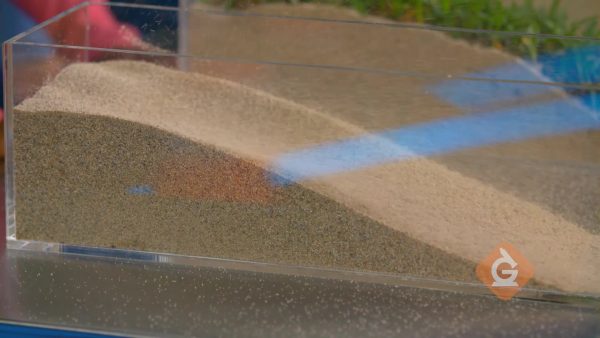
Wind is just moving air. It can blow sand and soil from one place to another. Wind can move tiny pieces of the Earth’s surface very far and very fast.

Erosion can cause major damage.
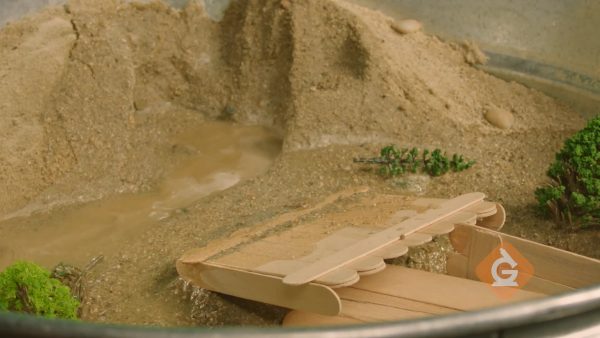
If the land beneath a house is moved away because of erosion, the house can fall down. If sand on the coast is moved away by ocean waves, the beach will be gone.

Erosion usually takes a long time.
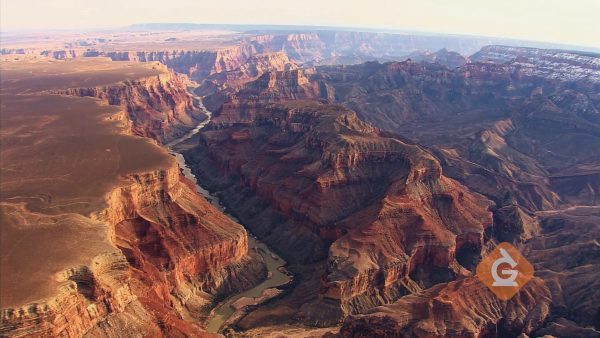
It took a long time for the Grand Canyon to be carved by moving water. Erosion can take millions of years! It can also happen fast such as in a flood.


































































































































 Select a Google Form
Select a Google Form









